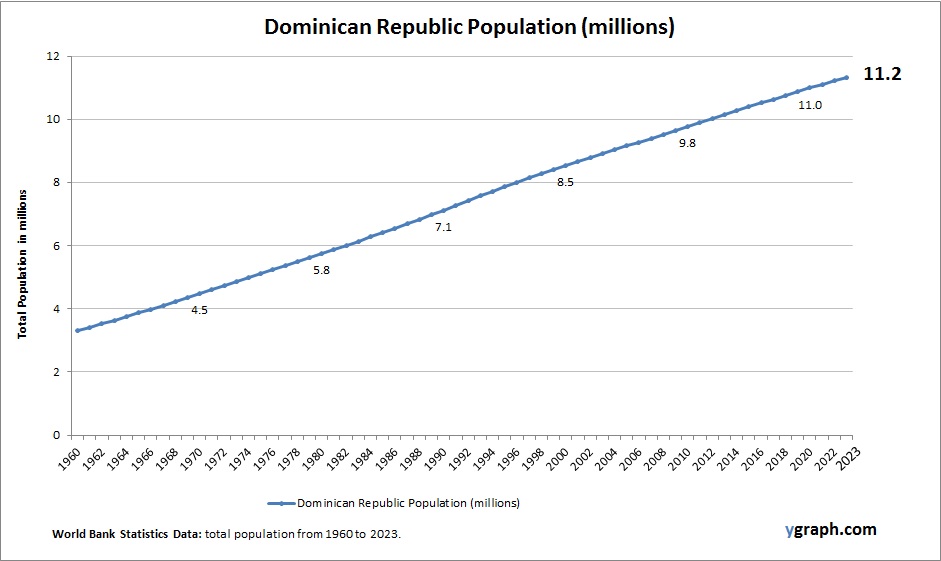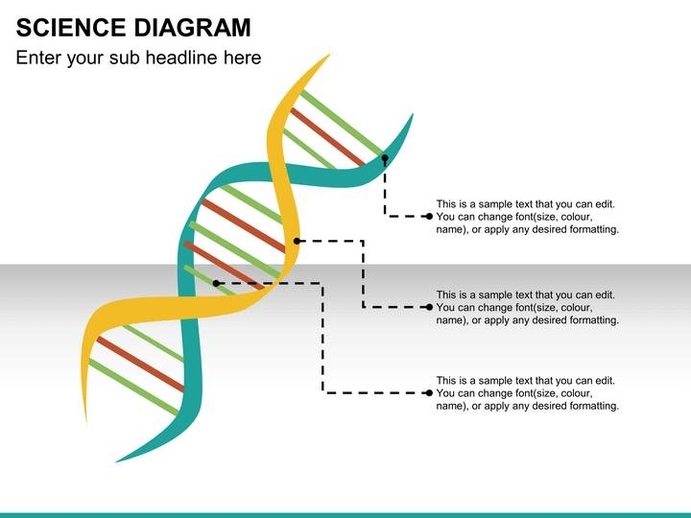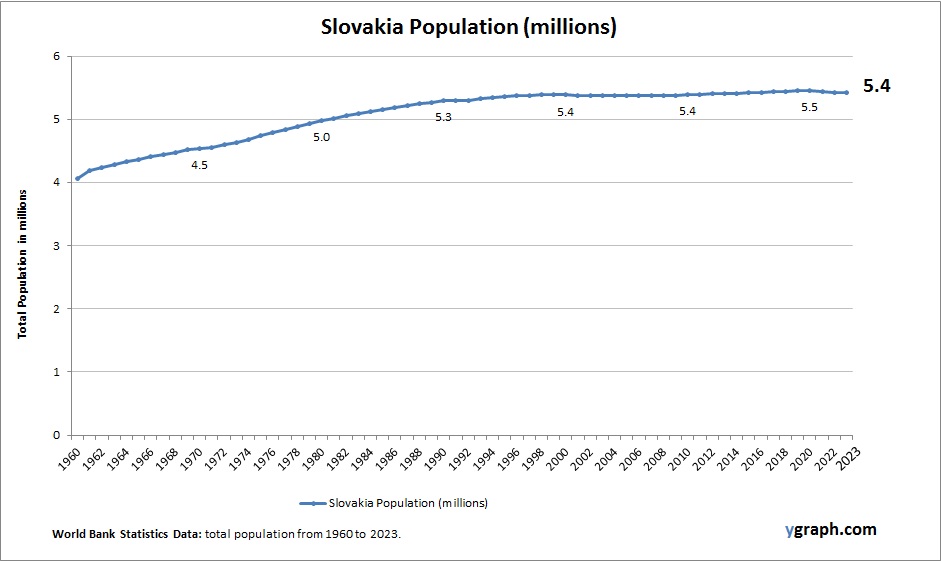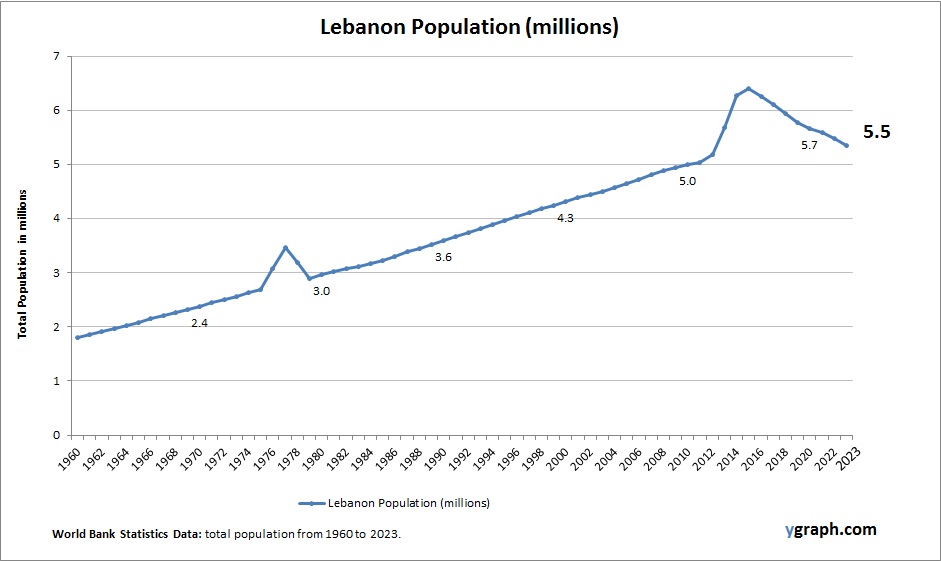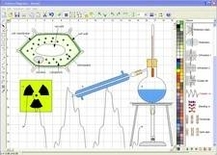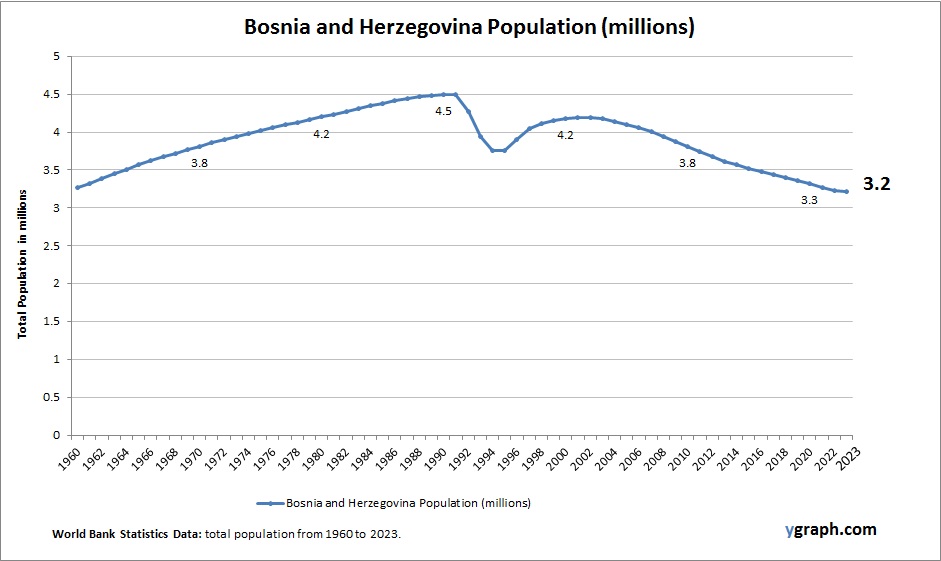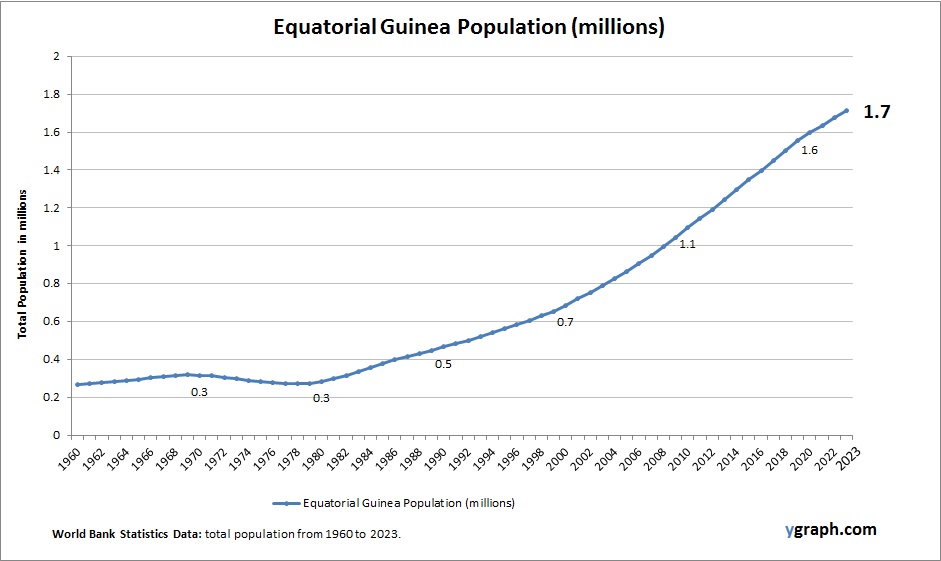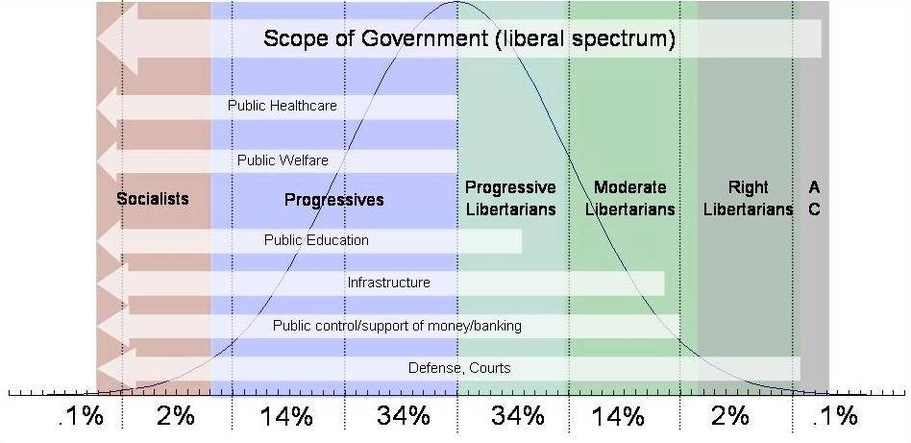I can try to write an essay about how to draw a vector in physics. Here is what I came up with:
“`
How to Draw a Vector in Physics
A vector is a quantity that has both magnitude and direction. Examples of vectors are displacement, velocity, acceleration, force, and momentum. In physics, it is often useful to represent vectors graphically, using scaled diagrams or coordinate systems. This essay will explain how to draw a vector in two different ways: using a scaled diagram and using a coordinate system.
A scaled diagram is a sketch that shows the relative lengths and directions of vectors. To draw a vector using a scaled diagram, one needs to choose a suitable scale and a reference direction. For example, if the vector represents a displacement of 5 km east, one could choose a scale of 1 cm = 1 km and a reference direction of east. Then, one would draw a line segment of 5 cm long, pointing east, and label it with the vector’s name and magnitude. The arrowhead at the end of the line indicates the direction of the vector.
A coordinate system is a set of axes that defines the origin, directions, and units of measurement for a vector. To draw a vector using a coordinate system, one needs to choose a suitable origin, axes, and units. For example, if the vector represents a displacement of 5 km east, one could choose the origin to be the starting point of the motion, the x-axis to be east, the y-axis to be north, and the units to be kilometers. Then, one would draw a line segment from the origin to the point (5, 0) on the coordinate plane, and label it with the vector’s name and components. The components of a vector are the projections of the vector along the axes, and they can be found


